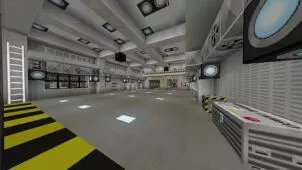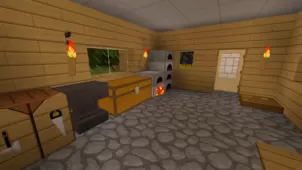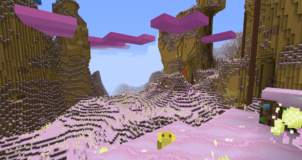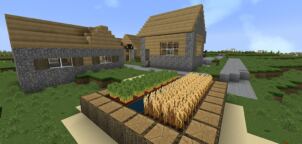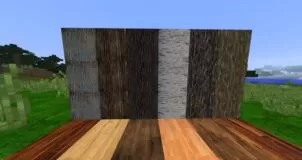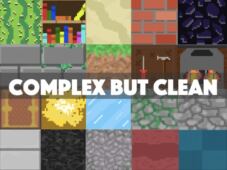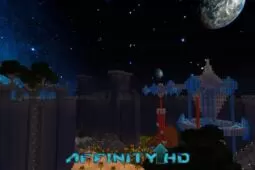Simplicity Pack is a resource pack that’s just surfaced, and it’s already managed to gain quite a bit of traction. The pack’s been designed quite similarly to a lot of other simplistic themed resource packs, but its purpose is certainly a unique one. The goal of the Simplicity Pack is to make things easier for newcomers as it’s been designed to make sure that each individual block is easily identifiable. One of the biggest issues that a lot of newcomers face in Minecraft is the fact that they have a bit of difficulty distinguishing similar looking blocks from one another but, thanks to the Simplicity Pack, this isn’t any issue any longer.


As you’d expect, the Simplicity Pack doesn’t really have that much detail as far as its textures are concerned but, all things considered, the pack still looks quite nice due to the clean art style and also because there doesn’t seem to be any noticeable amount of noise in any of its textures. The color palette of this resource pack is a lot brighter than what we’ve come to expect from most simplistic resource pack, and this is a great change because the brighter colors help set the different textures apart from one another.


Simplicity Pack has a resolution of 8×8 which is a step down from the 16×16 standard across most simplistic resource pack and this toned down resolution is great news for players with low-end PCs as it means that they’ll be able to utilize this resource pack without having to worry about frame-rate drops. As a matter of fact, the Simplicity Pack will actually end up increasing your frame-rate significantly due to the reduced texture resolution. It’s worth pointing out, though, that this is a brand new project that’ll take a while to be fully completed, but it is definitely recommended that you keep an eye out for it.
How to install Simplicity Resource Pack?
- Start Minecraft.
- Click “Options” in the start menu.
- Click “resource packs” in the options menu.
- In the resource packs menu, click “Open resource pack folder”.
- Unzip the .zip file you downloaded in the resource pack folder.
